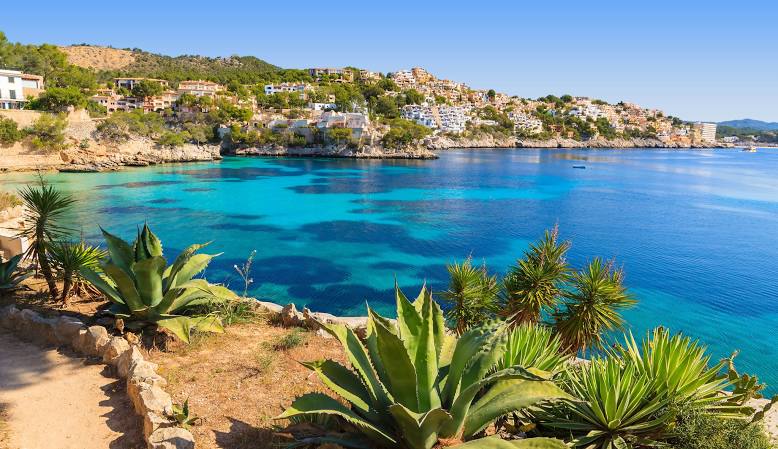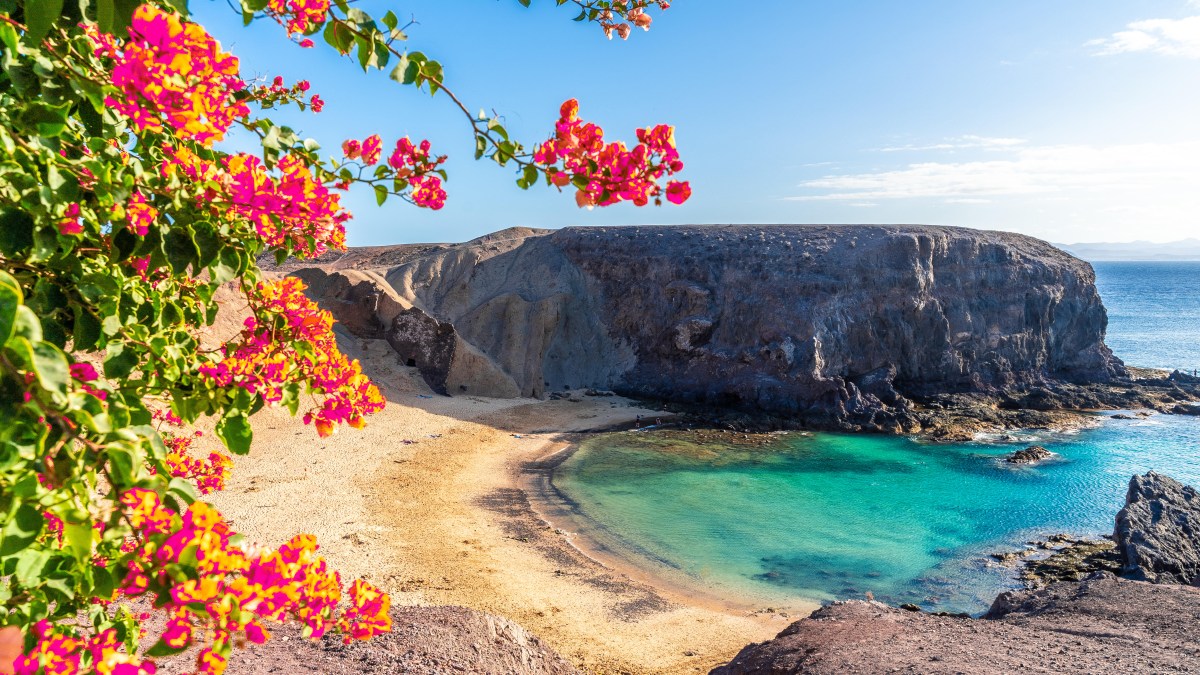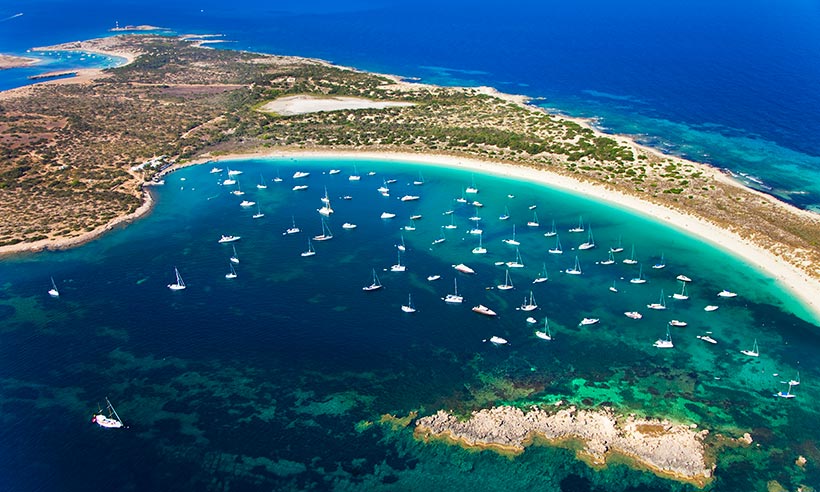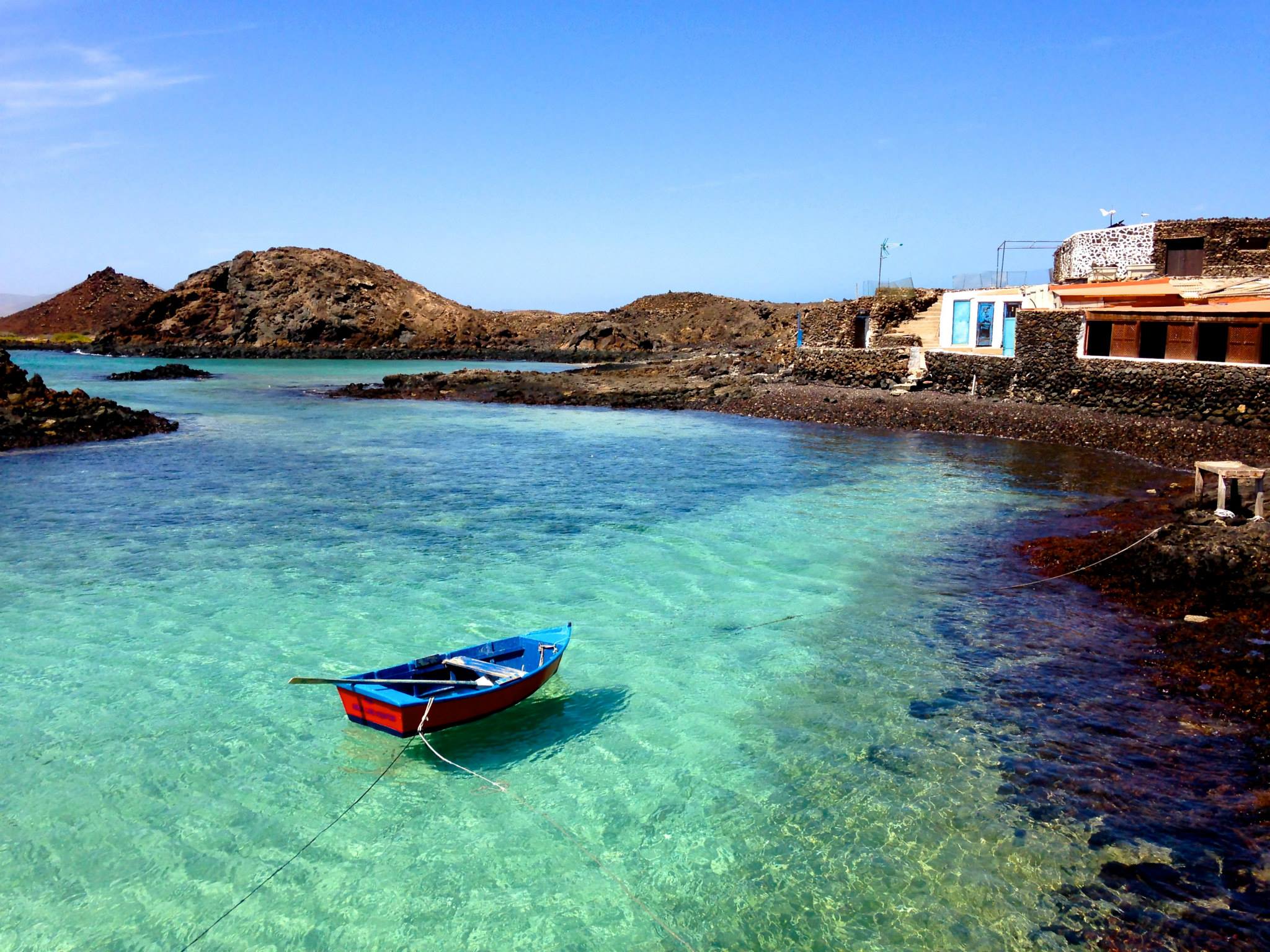Spain, a radiant country known for its lively fiestas, flamenco dancers, legendary bullfighting, and scrumptious tapas, holds an esteemed position in Europe for its staggering number of islands. A joy and pride of the country, this fabulous archipelago stretching from the Atlantic Ocean to the Mediterranean Sea consists of more than 1,000 islands. Out of this considerable count, more than 60 glow with life as they host a bustling population, while the rest remain uninhabited, each retaining its untamed, natural charm.
These Spanish islands, diverse in culture, geography, and atmosphere, create a rich tapestry of experiences, attracting both locals and tourists to their sun-kissed shores. From the pulsating rhythm of the highly populated islands to the tranquil serenity of the barely inhabited ones, Spain bears a resplendent treasure trove of islands, waiting for the discerning traveller to explore and appreciate.
The Highly Populated Islands
Out of this multitude, let's embark on a journey exploring the five most populated islands, and delectable gems of Spain, treating ourselves to the rich tapestry of stories they have to offer.
1. Mallorca: The crown jewel of the Balearic Islands, Mallorca is not only the largest island in Spain, but also its most populated. The island's capital, Palma, is a bustling city thriving with tourist attractions such as the magnificent Palma Cathedral and the historic Bellver Castle. With a diverse landscape comprising serene mountains, glamorously rugged coastline and charming villages, Mallorca offers a bit of everything for everyone.

2. Tenerife: One of the seven Canary Islands, Tenerife's appeal lies in its wonderful year-round climate and diverse landscapes. The island is home to Spain's highest peak, the active volcano Mt. Teide, which also hosts one of the world's premier astronomical observatories. The thriving nightlife, lively festivals such as the Carnival of Santa Cruz de Tenerife, and Siam Park, one of the best water parks globally, are other attractions.
3. Gran Canaria: Often dubbed a 'continent in miniature', Gran Canaria is a melting pot of cultures, climates, and landscapes. The island showcases fantastic diversity, from the bustling Las Palmas city to the tranquil, sandy beaches of Maspalomas, the verdant forests of Tamadaba Natural Park, and the historical cave homes in Barranco de Guayadeque.
4. Lanzarote: Lanzarote's surreal volcanic landscapes, crystalline beaches, and year-round sunshine are what make it a tourist magnet. The island's gorgeous natural beauty has earned it a UNESCO Biosphere Reserve designation. Timanfaya National Park, Jameos del Agua, and Mirador del Rio are some of the captivating sites on the island.

5. Fuerteventura: The raw, untouched beauty of Fuerteventura, the second largest of the Canary Islands, has tourists swarming in. The island, with its massive dunes, stretches of white sandy beaches, and azure waters perfect for surfing, is a paradise for beach lovers and water sports enthusiasts.
The Least Populated Islands
Now, let's shift our gaze to the other side of the spectrum - Spain's least populated islands. These lesser-known counterparts, with their natural elegance and tranquillity, offer a wholly different experience.
1. Isla de Alboran: Midway between Spain and Morocco, this volcanic island is home to a Spanish Navy detachment and a lighthouse. Despite its isolation, the island’s rich marine life and bird population serve as reminders of nature's untouched beauty.
2. S'Espalmador: A short boat ride from Formentera you will find the island of S'Espalmador, uninhabited but for occasional tourists. The island boasts beautiful beaches and natural mud baths renowned for their therapeutic attributes.

3. Tabarca: Once a pirate stronghold, today, Tabarca is famous for its pristine beaches and crystal clear waters. With a small permanent population, close to Santa Pola in Alicante, the island offers several seafood restaurants, making it a gastronomic paradise.
4. Isla de Lobos: Situated between Fuerteventura and Lanzarote, this tiny island is primarily a nature reserve. With a handful of residents and an abundance of biodiversity, it's an idyllic location for nature enthusiasts

5. Montaña Clara: Part of the Chinijo Archipelago, this uninhabited island is home to unique bird species and a protected marine reserve. However, it's off-limits to visitors without special permits to preserve the fragile ecosystem.
Spain's vast array of islands, from the bustling, highly-populated ones to the tranquil, nearly uninhabited ones, all hold a distinct allure. Each island tells a unique story, offering its take on the Spanish experience. If you're eager to immerse yourself in vibrant city life, find tranquillity on serene beaches, delve into a rich history, or explore untouched nature, the islands of Spain offer all of this and much more. Truly, a paradise for island lovers!